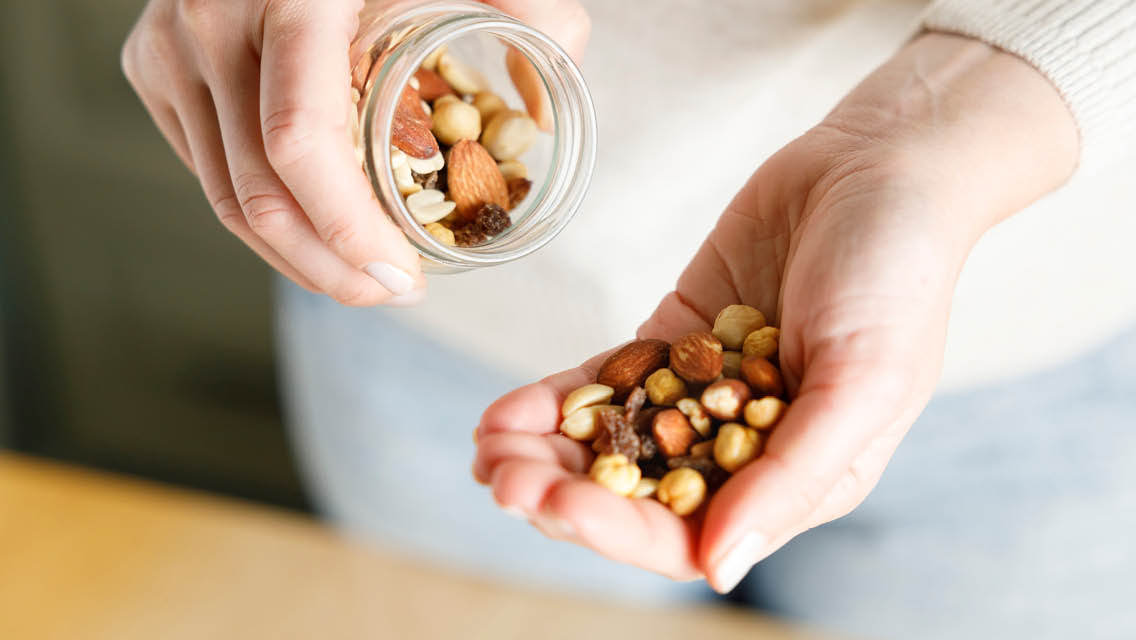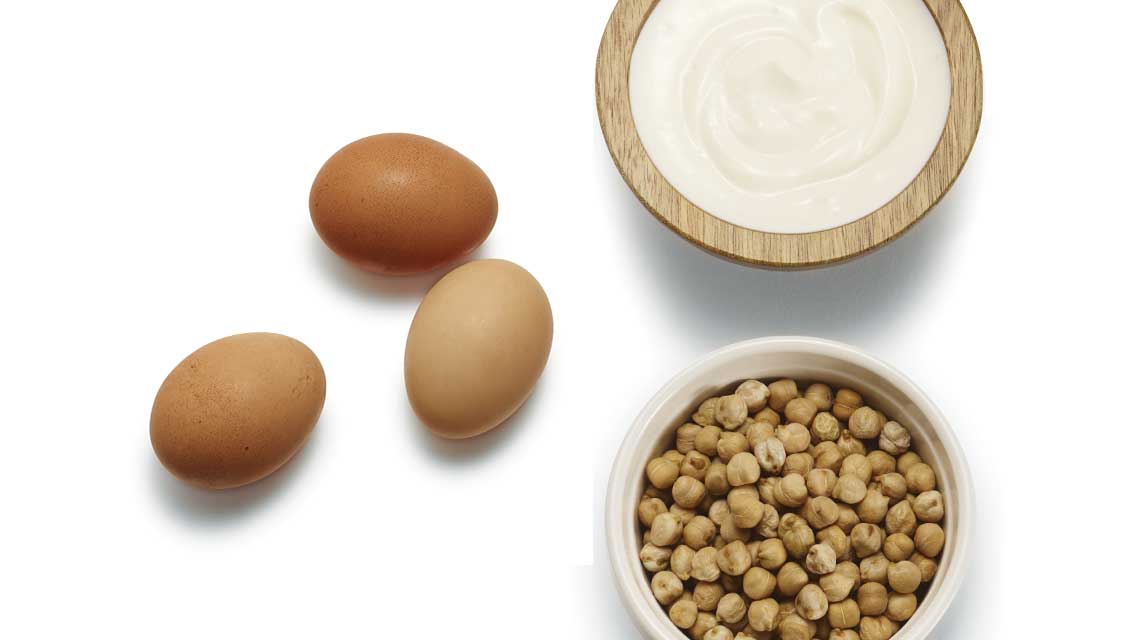Seniors struggling to maintain muscle mass as they age need only venture into their kitchen to find an ally: protein-rich foods.
Eating protein can help you fend off sarcopenia, which can lead to mobility issues as well as insulin resistance and type 2 diabetes.
“Research has shown that older adults do need a little more protein than younger adults,” geriatric dietitian Katie Dodd, RDN, tells the New York Times. “A lot of that has to do with sarcopenia. They need it to protect their muscle mass. I talk a lot about protein because you need it in order to get the most out of your golden years.”
We’re all familiar with protein-rich foods such as fish, dairy, meat, poultry, and eggs, but nuts, beans, lentils, and other plant-based options also deliver the goods. Dodd suggests including these foods in your meals and snacks throughout the day rather than loading the bulk of your daily requirement on your dinner plate. She recommends consuming 1 to 1.2 grams of protein daily for each kilogram of your body weight — 68 to 82 grams for someone weighing 150 pounds.
Paul Kriegler, RD, CPT, director of nutrition product development at Life Time, recommends increasing protein intake for those who are active. “The evidence points to 1.6 to 2.2 grams per kilogram daily — or essentially two to three times the RDA — for exercising older adults with no known kidney dysfunction.”
Making sure you consume enough protein while including regular, moderate-intensity physical activity — especially strength training — in your daily routine will go a long way toward keeping sarcopenia at bay, says Ohio State University scientist Bill Willis, PhD, whose research focuses on muscle protein synthesis.
If you’re unable to ramp up your protein consumption sufficiently with whole foods, Dodd touts whey protein as the ideal supplement because of its high concentration of amino acids. For vegans, she recommends soy, pea, or hemp protein supplements.
“The take-home message for people 65 and up is that you should make sure you consume enough protein and, number two, be active,” Willis explains. “Being sedentary seems to promote sarcopenia more than anything else.”
This article originally appeared as “Protein: It Does an Aging Body Good.”






This Post Has 0 Comments